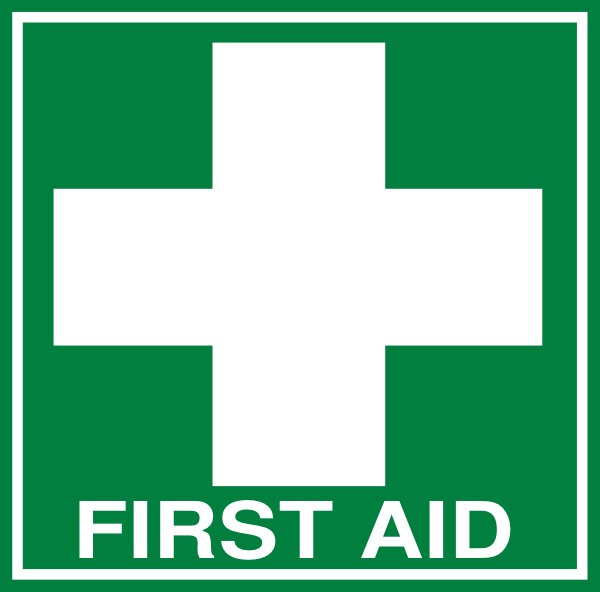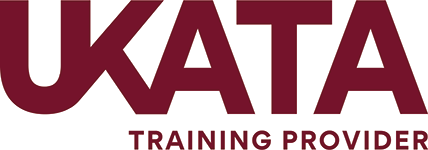Training on Defibrillators to be included on the EFAW and FAW Syllabus
“Changes to Resuscitation Council UK guidelines on cardiopulmonary resuscitation (CPR) in October 2015 mean that the HSE have now revised the Emergency First Aid and First Aid at Work syllabuses. The revision will require all workplace first aiders to be trained in the use of an automated external defibrillator (AED) from the 31 December 2016, as the Resuscitation Council UK guidelines now state that the management of a casualty requiring CPR is to request an AED.It is sensible to ensure that EFAW and FAW first aiders are trained in AED use as they are now available within many workplaces and public spaces. There is good evidence that the early use of an AED has a far more beneficial outcome for the casualty than if that intervention is delayed.
For employers this does not mean you have to purchase a defibrillator for your workplace as the requirement for a defibrillator is still dependent on your needs assessment. Neither do you have to retrain all your existing first aiders as they will be updated in this skill when they requalify.
Employers and First Aid Kits
“The recent European Resuscitation Council review of a number of first aid protocols suggests there is a need in certain circumstances for first aid kits to contain haemostatic dressings and tourniquets.
When carrying out a first aid needs assessment, employers who identify a specific risk of life threatening bleeding (e.g. those working arboriculture, construction, glass work, agriculture and some aspects of manufacturing) the requirements for tourniquets and/or haemostatic dressings should considered. Make sure:
- Your haemostatic dressings are always in date;
- Workplace first aiders are trained by a competent provider in when to apply a tourniquet and the correct technique to use. For example, competent training providers should be teaching clinical protocols as described by the Faculty of Pre Hospital Care; and,
- Workplace first aiders have training in when and how a haemostatic dressing is applied.















